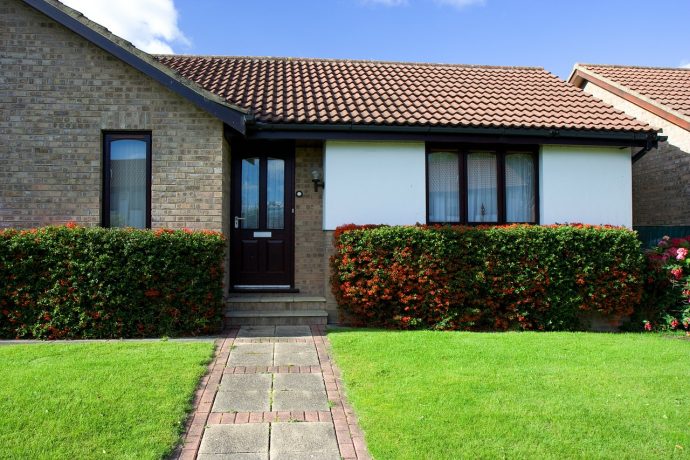With the construction of a new home comes many important decisions. Among these decisions is the type of roof that will adorn the top of your home. At first glance, this may seem like a simple decision.
After all, all roofs have the same goal: to keep water out of your home. However, there are many different roof designs to choose from, each with their own positive and negative aspects. To help make sense of your options, here are four kinds of roof designs to consider for your newly constructed home.

Gable
The most basic type of roof, a gable roof is typically the least expensive roof to construct and maintain. Plus, it has the added advantage of easily wicking water off of the surface of the roof.
Gables can be used in a variety of ways to add character to your new home. Be sure that the roof is properly attached to the frame of your home to protect against damage from high winds.
Hip Roof
If you’re looking for something with more strength than a gable roof but still desire simplicity, then a hip roof makes a great option. This type of roof is essentially a double-gable roof in that it is evenly pitched on all four sides.
This style provides excellent protection against water as long as the roof is installed correctly, plus provides extra strength thanks to the increased framing materials.
Gambrel Roof
If you’re looking for something a little more unique than a gable or hip roof, then a gambrel roof is one of your many options. A gambrel roof is also called a barn roof because it is the preferred style of roof for almost every type of barn.
This type of roof features two sections that are sloped at different angles, creating extra volume on upper levels of the structure while still allowing for excellent moisture rejection. If you are going for a classic country look with your residential roofing, the gambrel roof wins, hands down.
Butterfly Roof
A butterfly roof fits the bill if you’re looking for a style that represents trendy, modern design and eco-friendliness. This style of roof resembles a large “V” that allows moisture to drain down into a central drain.
Since the pitch of the roof is fairly minor, it is easy to use solar panels on this style of roof. The key is to keep the roof drains clean, similar to the way that you must keep gutters clean for other roof styles.
Regardless of the style of roof you choose, it’s important to construct it with high-quality materials. Your roof serves to protect your house, meaning you want it to be able to withstand whatever Mother Nature throws at it. By understanding the best roof styles for your area and your budget, you’ll be able to choose the perfect style for your new home.

